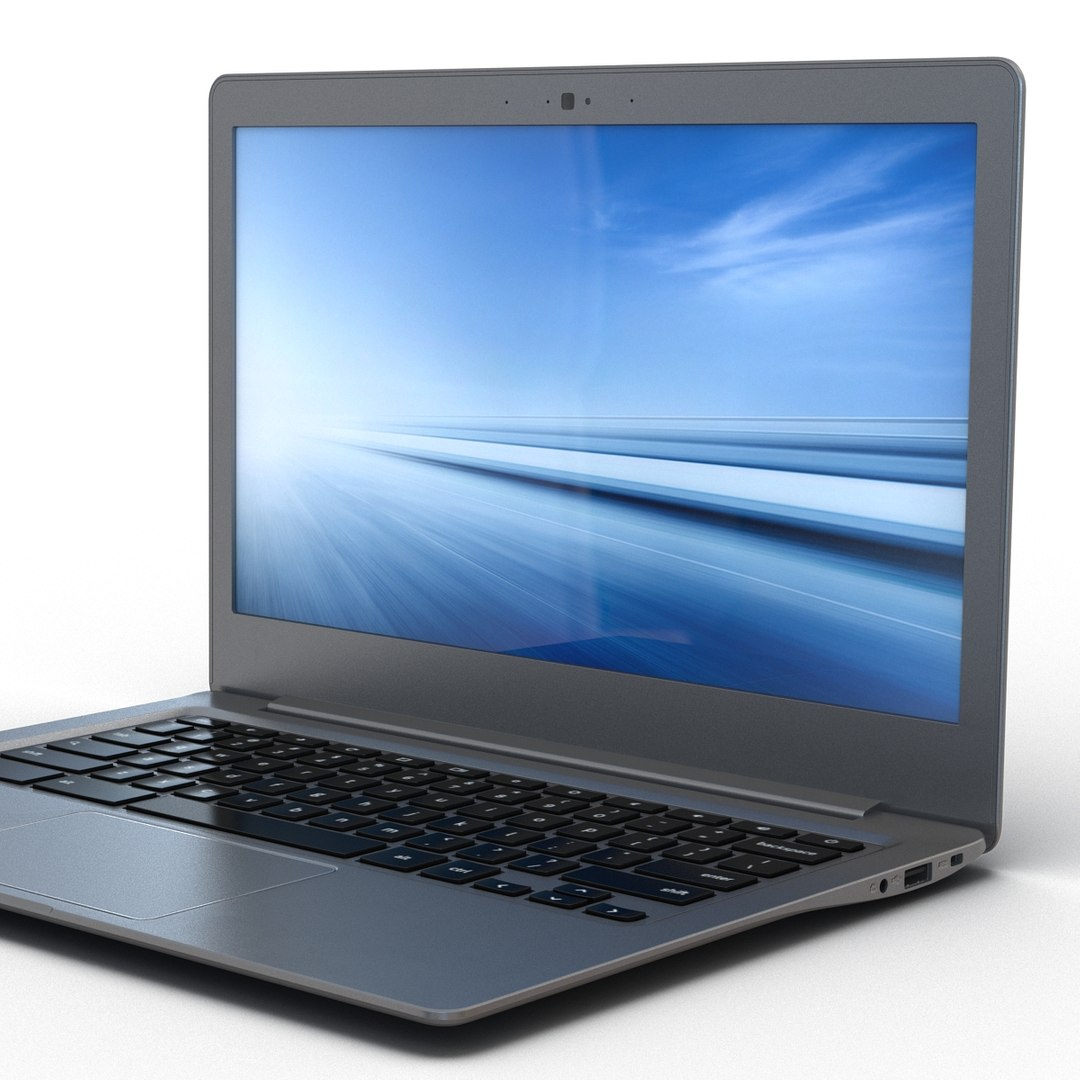What Laptop Is Good For 3d Rendering
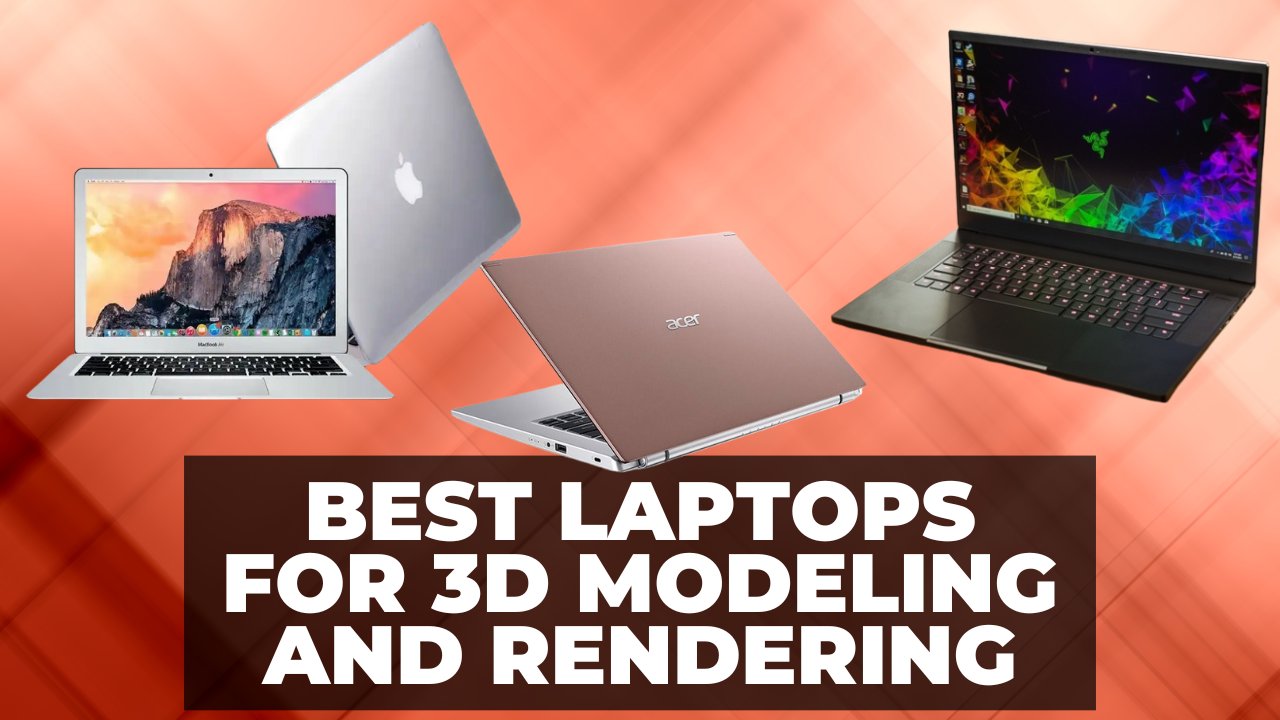
So, you're diving into the exciting world of 3D rendering! Awesome! But you quickly realize your trusty old laptop struggles when you try to create complex scenes or even preview your work in real-time. This guide is designed to help first-time buyers like you navigate the often-confusing landscape of laptops capable of handling demanding 3D rendering tasks.
Why the Right Laptop Matters for 3D Rendering
Why all the fuss about a "special" laptop? Because 3D rendering demands serious processing power. A sluggish machine will not only make the rendering process take ages, but it can also severely hinder your creative flow. Investing in the right laptop is investing in your productivity and enjoyment of this awesome craft.
Top 5 Laptops for 3D Rendering: A Head-to-Head Comparison
Let's cut to the chase. Here's a comparison of five top contenders, considering performance, price, and peace of mind:
| Model | Price (USD, Approx.) | CPU | GPU | RAM | Warranty |
|---|---|---|---|---|---|
| Apple MacBook Pro 16" (M3 Max) | $3499 | Apple M3 Max | Integrated (Powerful) | 36GB | 1 Year Limited |
| ASUS ROG Zephyrus Duo 16 | $3299 | AMD Ryzen 9 | NVIDIA GeForce RTX 4080 | 32GB | 1 Year Limited |
| Razer Blade 15 Advanced Model | $2499 | Intel Core i7 | NVIDIA GeForce RTX 4070 | 16GB | 1 Year Limited |
| MSI Creator Z16 | $2799 | Intel Core i9 | NVIDIA GeForce RTX 3070 | 32GB | 1 Year Limited |
| Lenovo ThinkPad P1 Gen 6 | $2999 | Intel Core i7 | NVIDIA RTX A2000 | 32GB | 3 Year Limited |
Detailed Reviews: Diving Deeper
Apple MacBook Pro 16" (M3 Max)
This powerhouse boasts Apple's M3 Max chip, delivering exceptional performance for demanding tasks. The integrated graphics are surprisingly capable, and the stunning display is a joy to work with. However, it comes with a hefty price tag, and upgrading components later isn't an option.
ASUS ROG Zephyrus Duo 16
This laptop features a powerful AMD Ryzen processor and a dedicated NVIDIA GeForce RTX graphics card. The secondary screen is useful for tool palettes and reference images. Battery life might be a concern during heavy rendering sessions.
Razer Blade 15 Advanced Model
The Razer Blade 15 offers a sleek design and solid performance. It strikes a good balance between portability and power. The price point is attractive compared to some competitors.
MSI Creator Z16
The MSI Creator Z16 is designed specifically for creative professionals. It features a color-accurate display and powerful components. However, it can get quite hot under heavy load.
Lenovo ThinkPad P1 Gen 6
This workstation laptop offers robust performance and excellent build quality. The NVIDIA RTX A2000 is a professional-grade graphics card. The 3-year warranty is a significant advantage.
Used vs. New: Weighing Your Options
Buying a used laptop can save you a considerable amount of money. However, there are risks to consider.
- Used Pros: Lower price, faster access to a more powerful machine within budget.
- Used Cons: Potential for hidden issues, shorter lifespan, limited or no warranty, outdated components.
- New Pros: Full warranty, latest technology, peace of mind.
- New Cons: Higher upfront cost, depreciation.
If you're on a tight budget and comfortable with potential risks, a used laptop might be a viable option. Make sure to thoroughly inspect the device and test its performance before committing. Buying new offers peace of mind but requires a larger investment.
Reliability Ratings by Brand
Reliability is crucial when you're relying on your laptop for important projects.
- Apple: Generally considered very reliable, but repairs can be expensive.
- ASUS: Known for good performance and decent reliability.
- Razer: Offers stylish designs, but reliability can be a concern for some users.
- MSI: Decent reliability, but cooling can be an issue in some models.
- Lenovo: ThinkPads are known for their durability and reliability.
These are just general observations, and individual experiences can vary. Always research specific models and read user reviews.
Checklist: 5 Must-Check Features Before Buying
- CPU: Look for a multi-core processor (Intel Core i7/i9 or AMD Ryzen 7/9) for faster rendering times.
- GPU: A dedicated graphics card (NVIDIA GeForce RTX or AMD Radeon RX) is essential for handling complex scenes.
- RAM: Aim for at least 16GB, but 32GB or more is ideal for larger projects.
- Storage: A fast SSD (Solid State Drive) will significantly improve loading times.
- Display: A color-accurate display is important for ensuring your renders look their best.
In Summary
Choosing the right laptop for 3D rendering is a significant decision. You need to balance power, price, reliability, and your specific needs. Carefully consider the factors mentioned above – CPU, GPU, RAM, storage, display, warranty, and whether to buy new or used.
Don't rush into a purchase. Read reviews, compare specifications, and think about the types of projects you'll be working on. A well-informed decision will pay off in the long run.
Ready to Take the Next Step?
Now that you're equipped with the knowledge, it's time to start your search! Visit your local electronics store, browse online retailers, and compare different models. Remember to consider your budget, your workload, and your long-term goals. Good luck, and happy rendering!

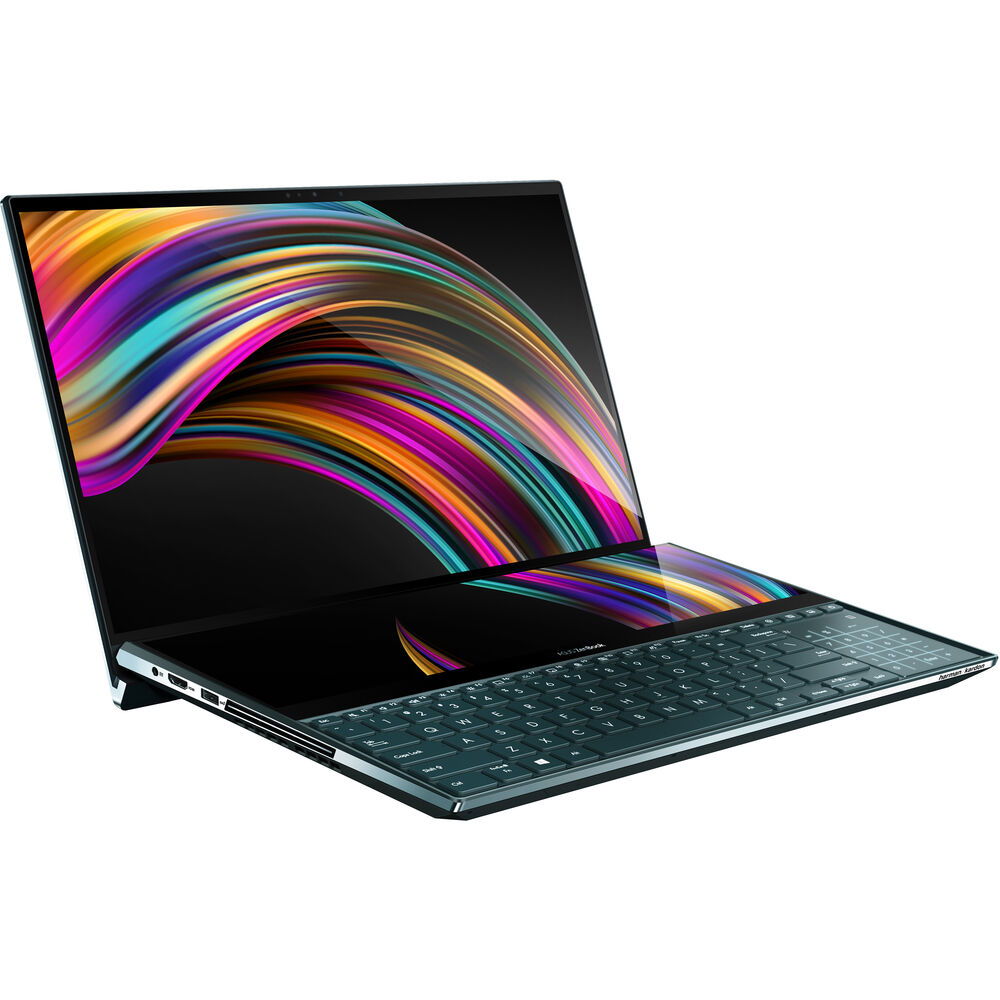
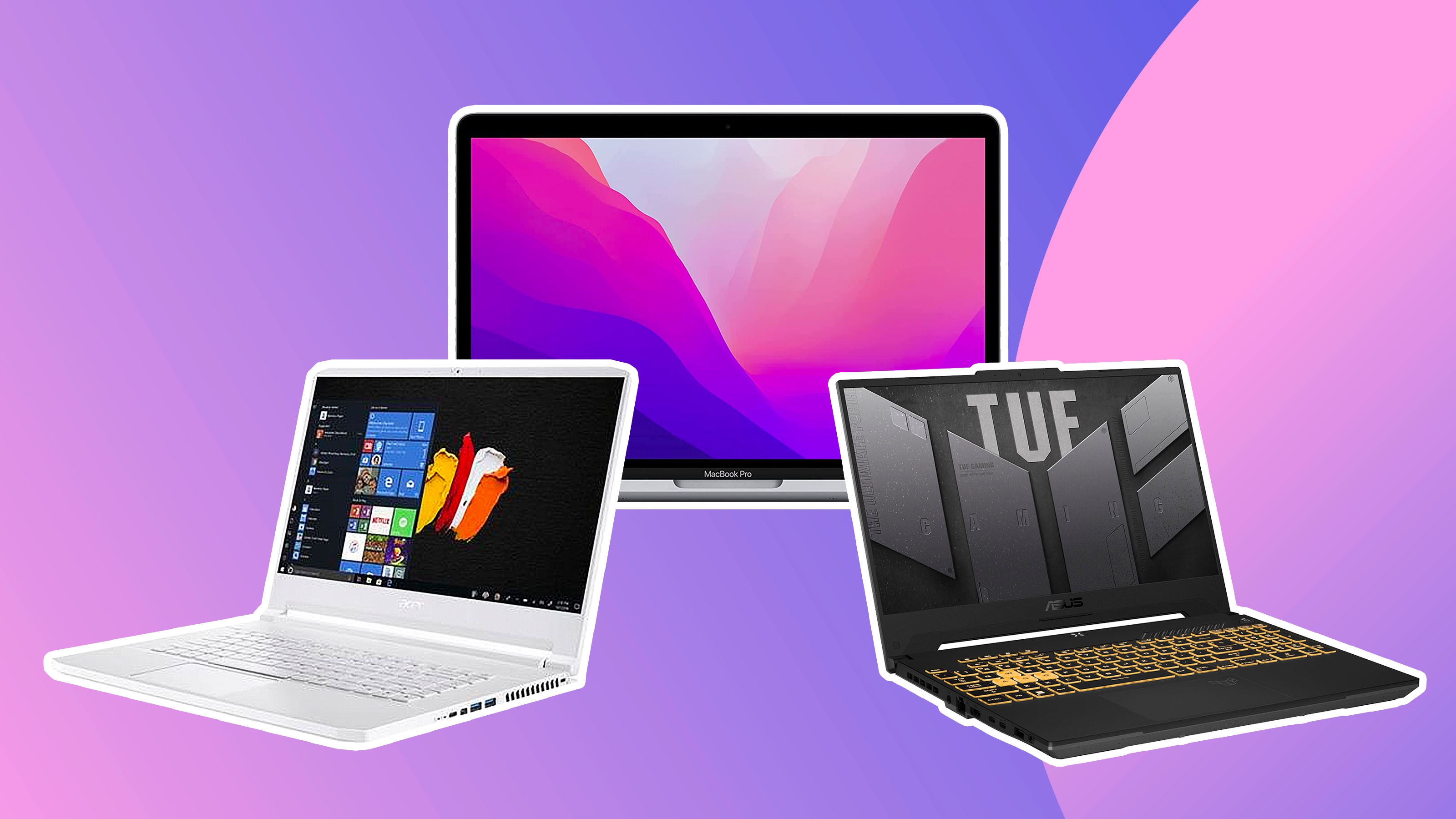


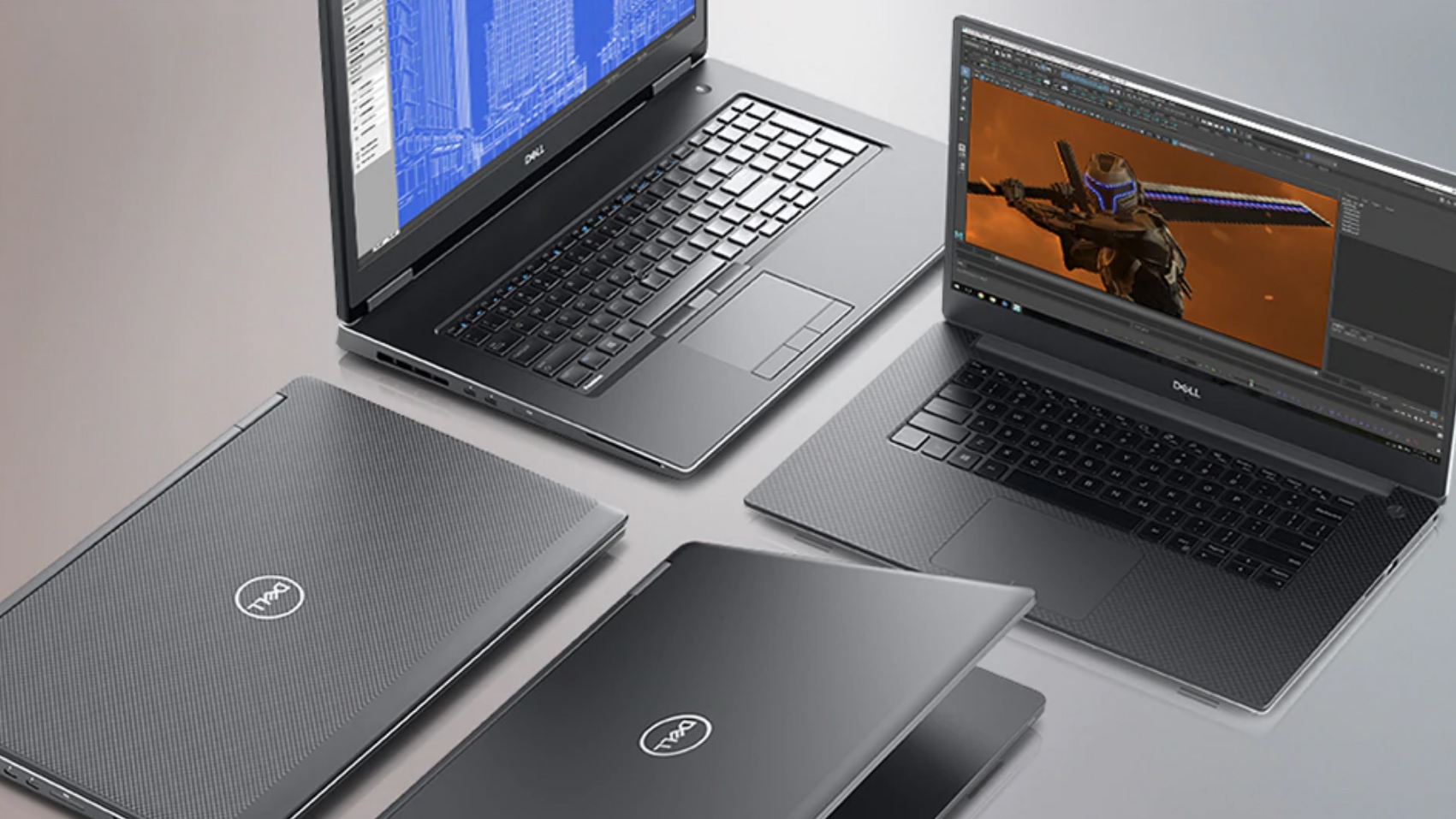

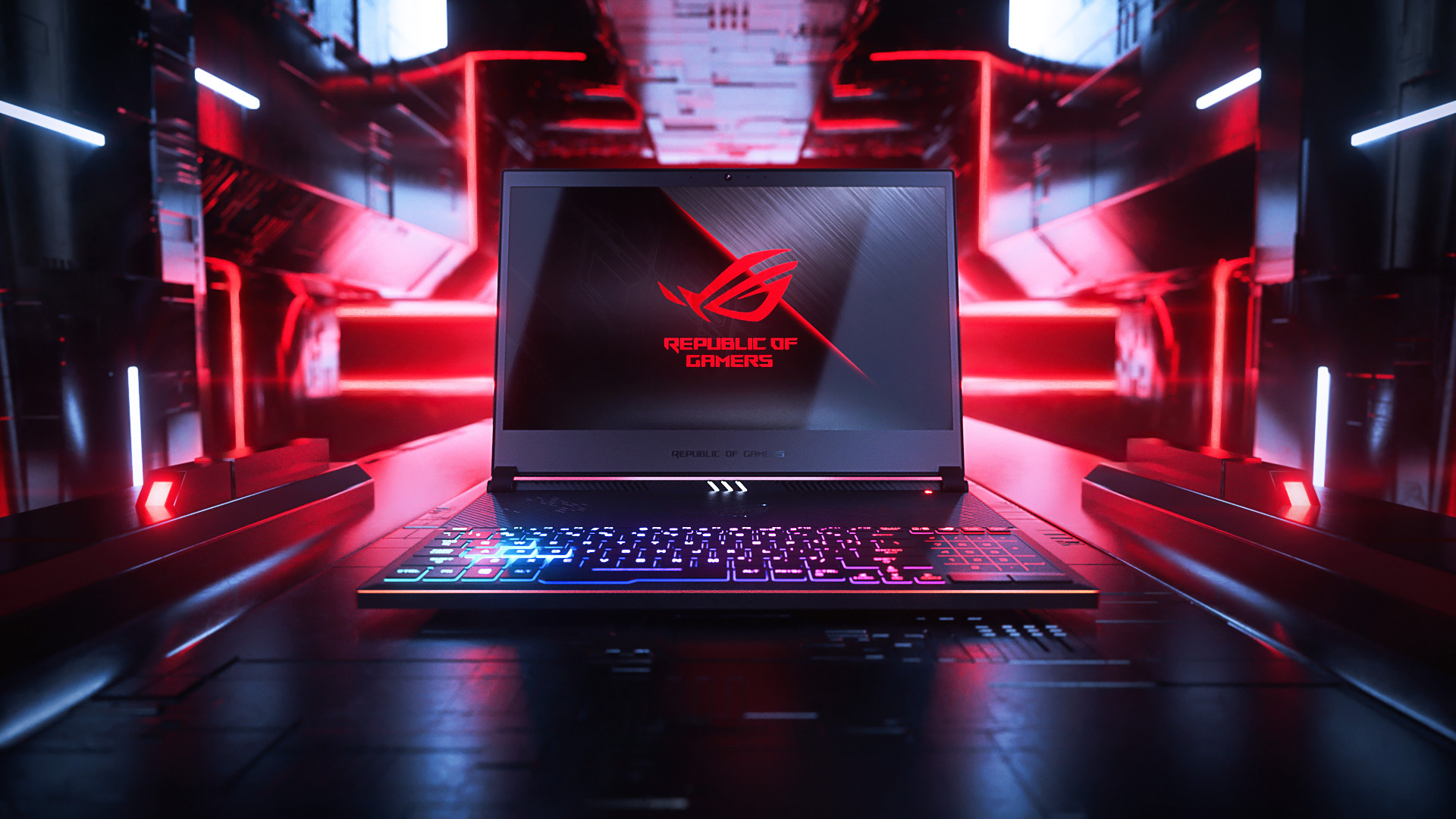
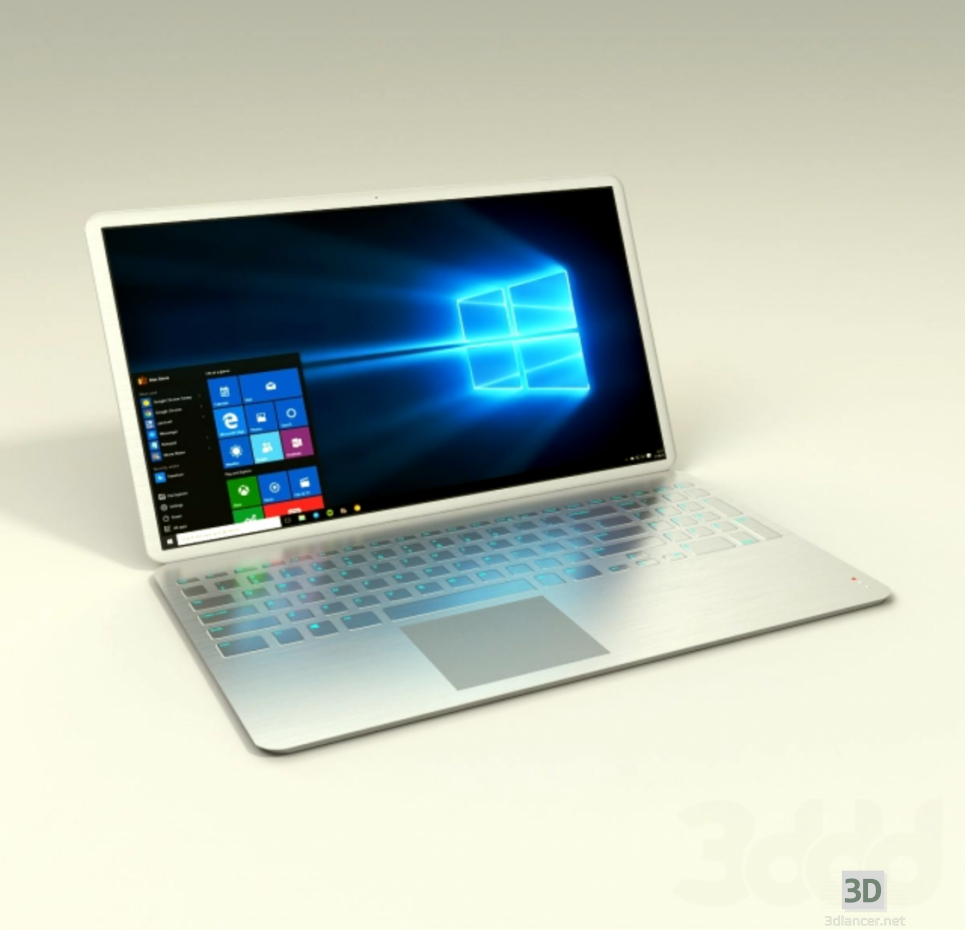
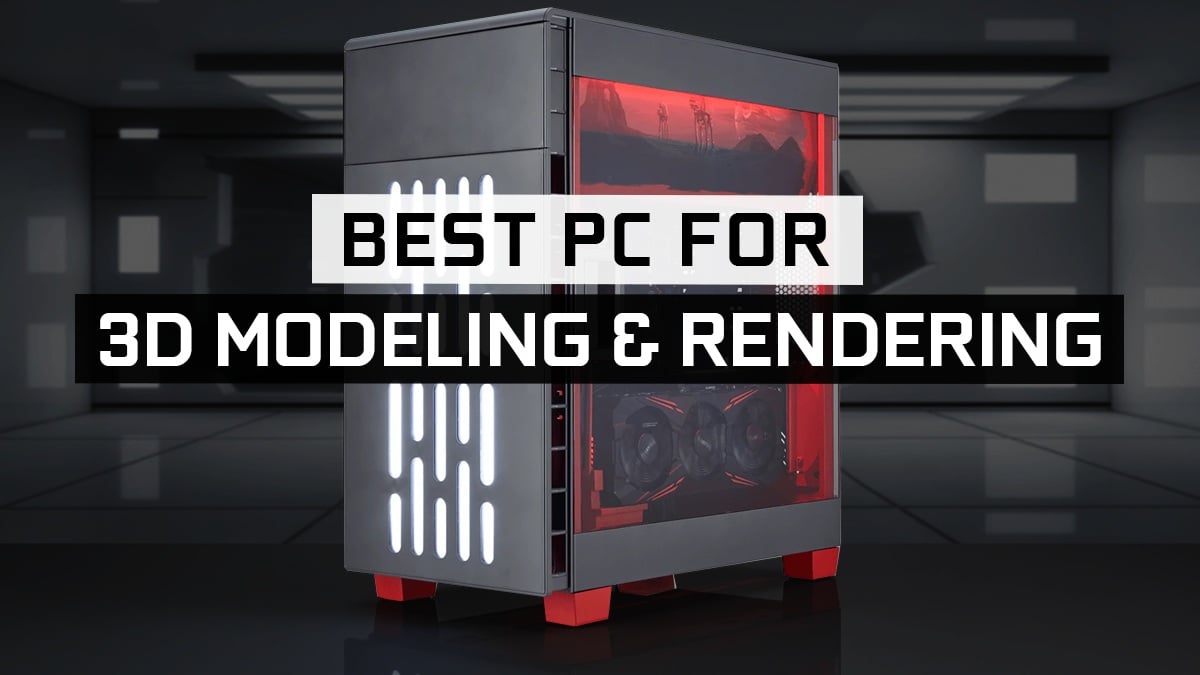


![What Laptop Is Good For 3d Rendering 10+ Best Computers For 3D Modelling & Rendering [Guide]](https://nebulem.com/wp-content/uploads/2023/03/Best-PC-for-3D-modelling-rendering-1.jpg)

